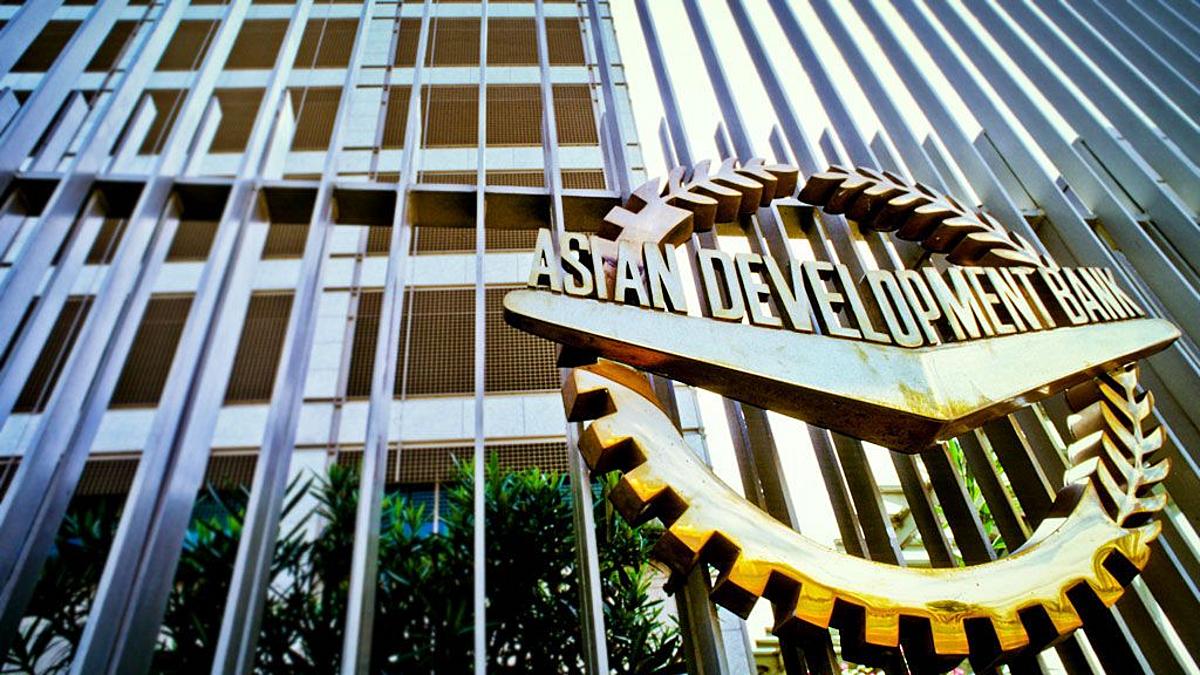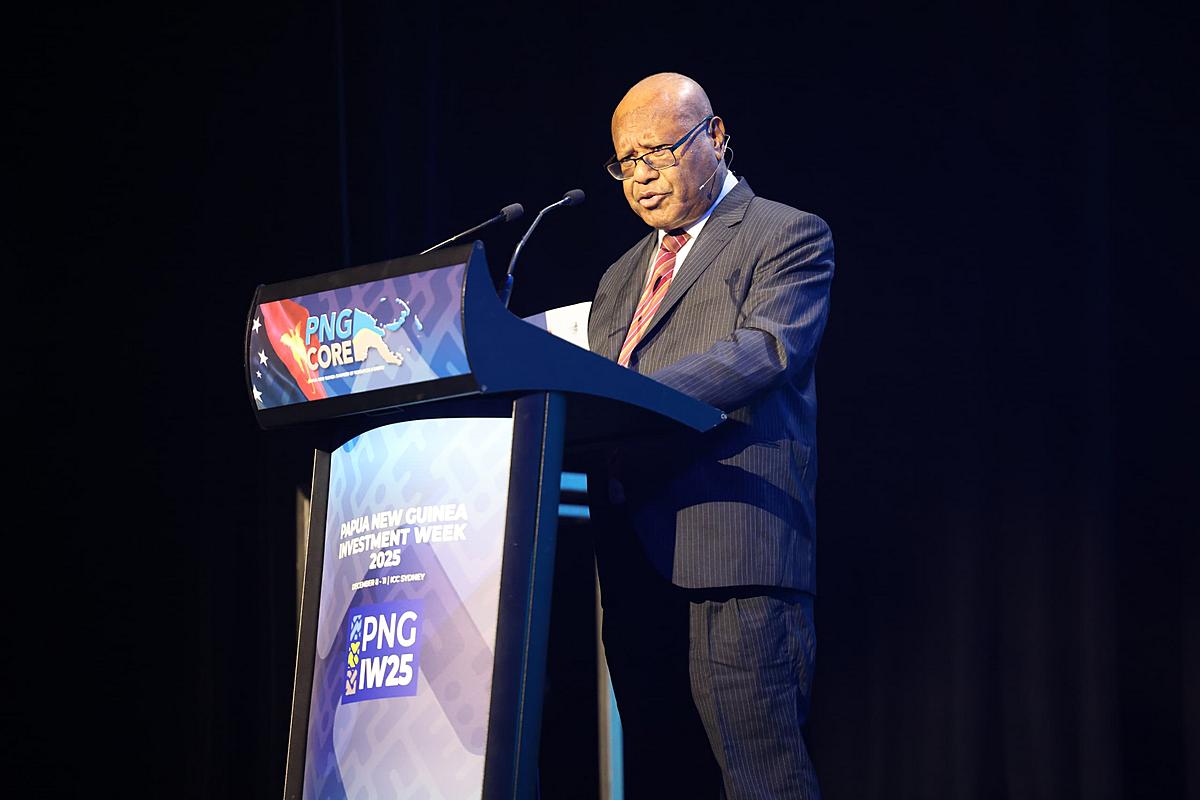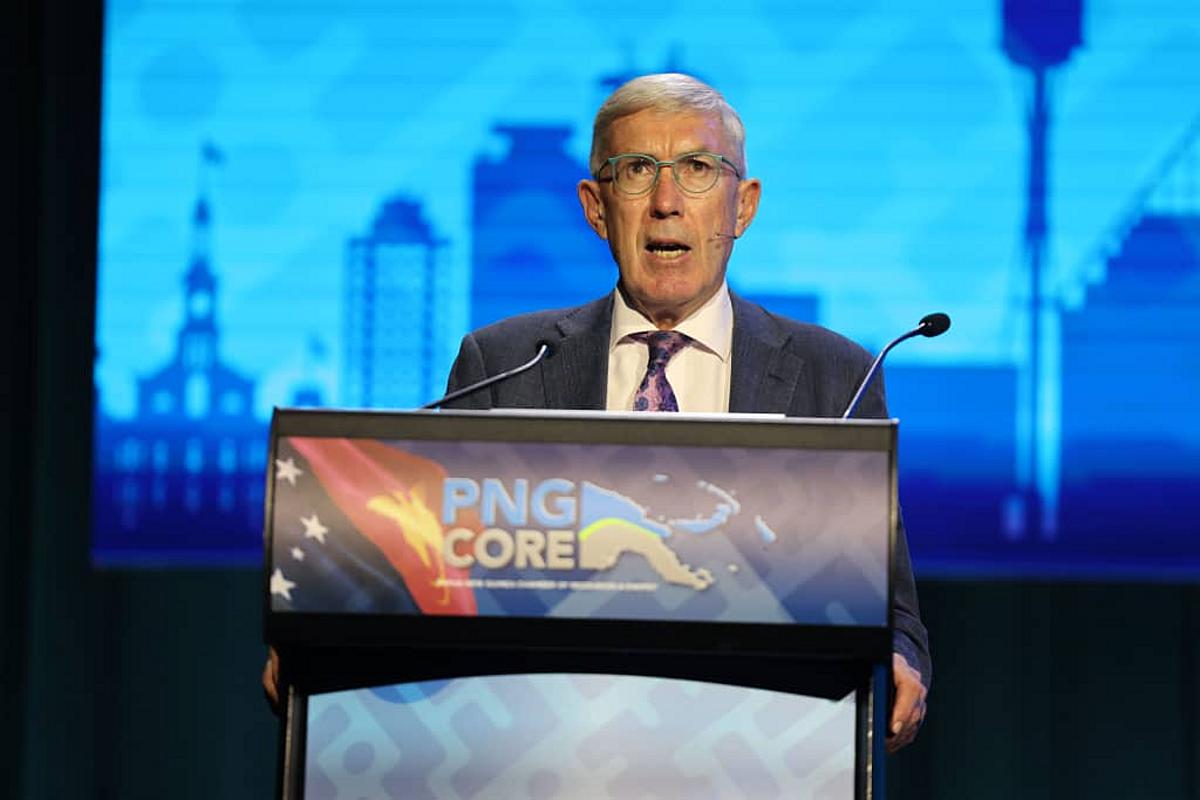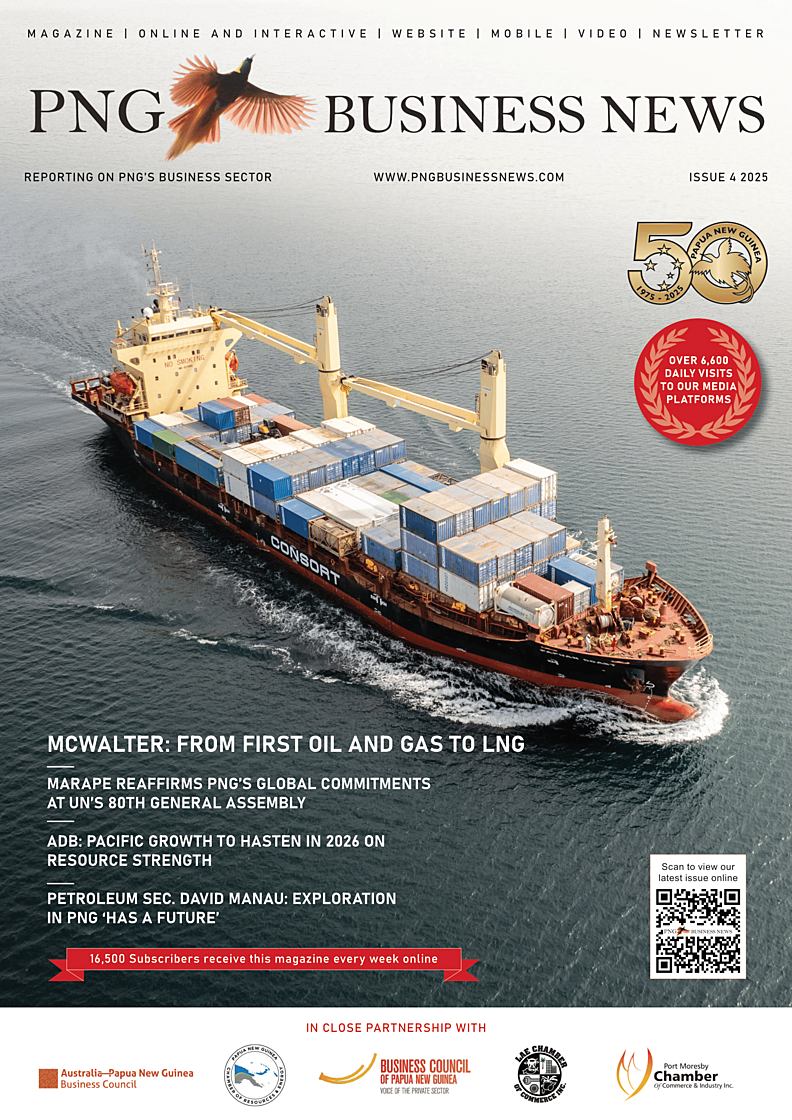Economic growth in Pacific island nations is expected to hold steady this year but slow slightly in 2026, according to the Asian Development Bank’s latest Asian Development Outlook (ADO) released 23 July, 2025.
The ADB maintained its 2025 growth projection for the Pacific at 3.9 percent, while the 2026 forecast has been adjusted downward to 3.5 percent. The moderation reflects persistent challenges across the subregion, including limited capacity to scale up tourism, constraints in implementing public infrastructure, vulnerability to disasters, fiscal pressures and a high risk of debt distress.
The outlook is heavily influenced by Papua New Guinea and Fiji, the Pacific’s two largest economies. Growth forecasts for both countries remain unchanged.
Inflation across the Pacific is expected to average 3.4 percent in 2025 and 3.7 percent in 2026, broadly in line with international commodity price trends. However, the regional average conceals diverging movements among smaller island states.
In FY2025, inflation is projected to be lower in Samoa, while Palau and the Marshall Islands are expected to see higher inflation due to domestic price trends. For FY2026, inflation is forecast to rise in Palau, while Samoa and the Marshall Islands may see lower rates.
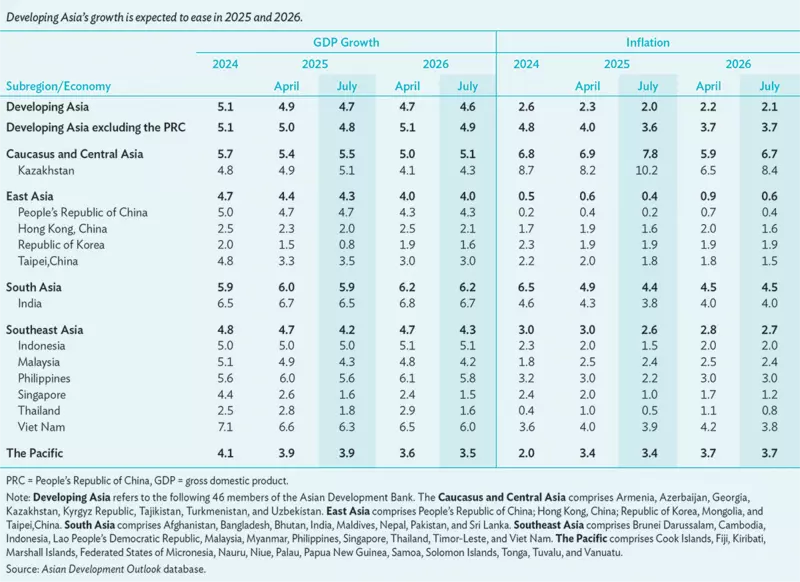
ADB cautioned that volatile fuel prices, geopolitical tensions and supply chain disruptions remain key risks that could complicate inflation management across the Pacific.
The Pacific’s growth outlook contrasts with broader trends across developing Asia, where the ADB has cut regional growth forecasts due to rising global trade tensions, U.S. tariffs and weakening demand from major economies such as China and India.
Still, the ADB urged governments across Asia and the Pacific to strengthen economic fundamentals and support open trade to drive long-term investment and employment.
Founded in 1966, ADB works across Asia and the Pacific to support inclusive, resilient and sustainable development. It is owned by 69 members, including 50 from the region.




